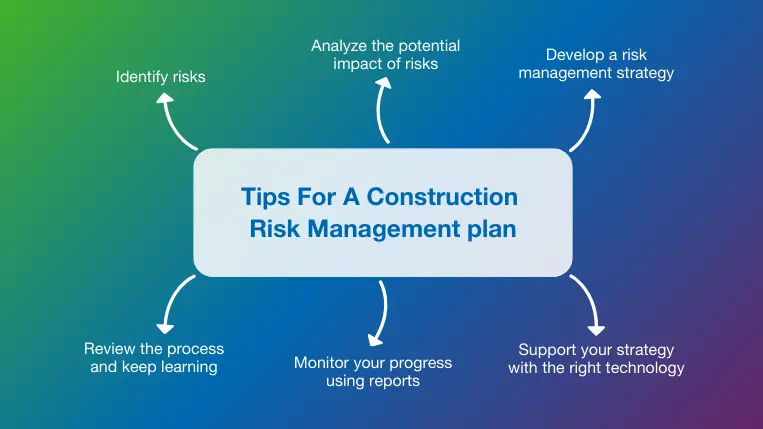The Crucial Importance of Risk Management in Financial Decision Making
The Crucial Importance of Risk Management in Financial Decision Making
Blog Article
The Significance of Understanding the Importance of Risk Management in Different Industries

The Core Concept of Risk Management and Its Objective
Risk Management, the cornerstone of lots of sectors, pivots on the recognition, examination, and reduction of unpredictabilities in a service setting. It is an essential practice that enables companies to guard their possessions, credibility, and general survival. By appropriately determining prospective dangers, companies can create techniques to either stop these dangers from happening or minimize their influence. The assessment procedure entails analyzing the possibility and possible intensity of these dangers. Once risks have been identified and examined, the reduction process includes developing approaches to minimize their potential impact. This procedure is recurring and intermittent, making certain that companies are gotten ready for the ever-changing nature of Risk in various sectors. The key function, hence, is to promote resilience in the middle of uncertainties.
Advantages of Carrying Out Risk Management in Company Operations

Introducing the Role of Risk Management in Different Industries
While every market faces its special collection of risks, the implementation of Risk Management techniques stays a typical in their quest of sustainability and development. In the medical care market, Risk Management requires guaranteeing client security and information protection, while in financing, it involves mitigating investment risks and making sure regulatory conformity. Inevitably, the function of Risk Management across markets is to identify, assess, and mitigate risks.
Real-life Study Demonstrating Effective Risk Management
To recognize the importance of Risk Management in these several sectors, one can want to numerous real-life instances that highlight the successful application of these steps. In the energy industry, British Petroleum established Risk mitigation plans post the 2010 Gulf of Mexico oil spill. They implemented far better safety procedures and stricter laws which substantially minimized further crashes. In finance, Goldman Sachs effectively navigated the 2008 economic situation by recognizing prospective mortgage-backed protections threats early. Lastly, Toyota, upload the 2011 quake in Japan, changed its Learn More Here supply chain Management to minimize disruption threats. These situations show just how markets, gaining from situations, successfully applied Risk Management methods to minimize future risks.
Future Patterns and Developments in Risk Management Techniques
Cybersecurity, when an outer concern, has catapulted to the center of Risk Management, with approaches focusing on avoidance, reaction, and detection. The integration of ESG (Environmental, Social, Governance) factors into Risk Management is another expanding pattern, mirroring the raising acknowledgment of the role that environmental and social dangers play in business sustainability. Therefore, the future of Risk Management lies in the blend of sophisticated technology, cutting-edge strategies, and an all natural approach.
Verdict
In verdict, comprehending the value of Risk Management across a range of markets is crucial for their long life and success. Ultimately, successful Risk Management contributes to more resilient and lasting organizations, highlighting the value of this method in today's extremely competitive and vibrant organization setting.
While every industry challenges its special set of threats, the application of Risk Management methods continues to be a common denominator in their pursuit of sustainability and growth. In the medical care industry, Risk Management requires making certain individual safety and security and data protection, while in finance, it includes mitigating financial investment threats and ensuring governing conformity. Eventually, the role of Risk Management throughout her comment is here markets is to recognize, examine, and alleviate risks. These situations demonstrate how markets, finding out from crises, efficiently used Risk Management techniques to reduce future threats.

Report this page